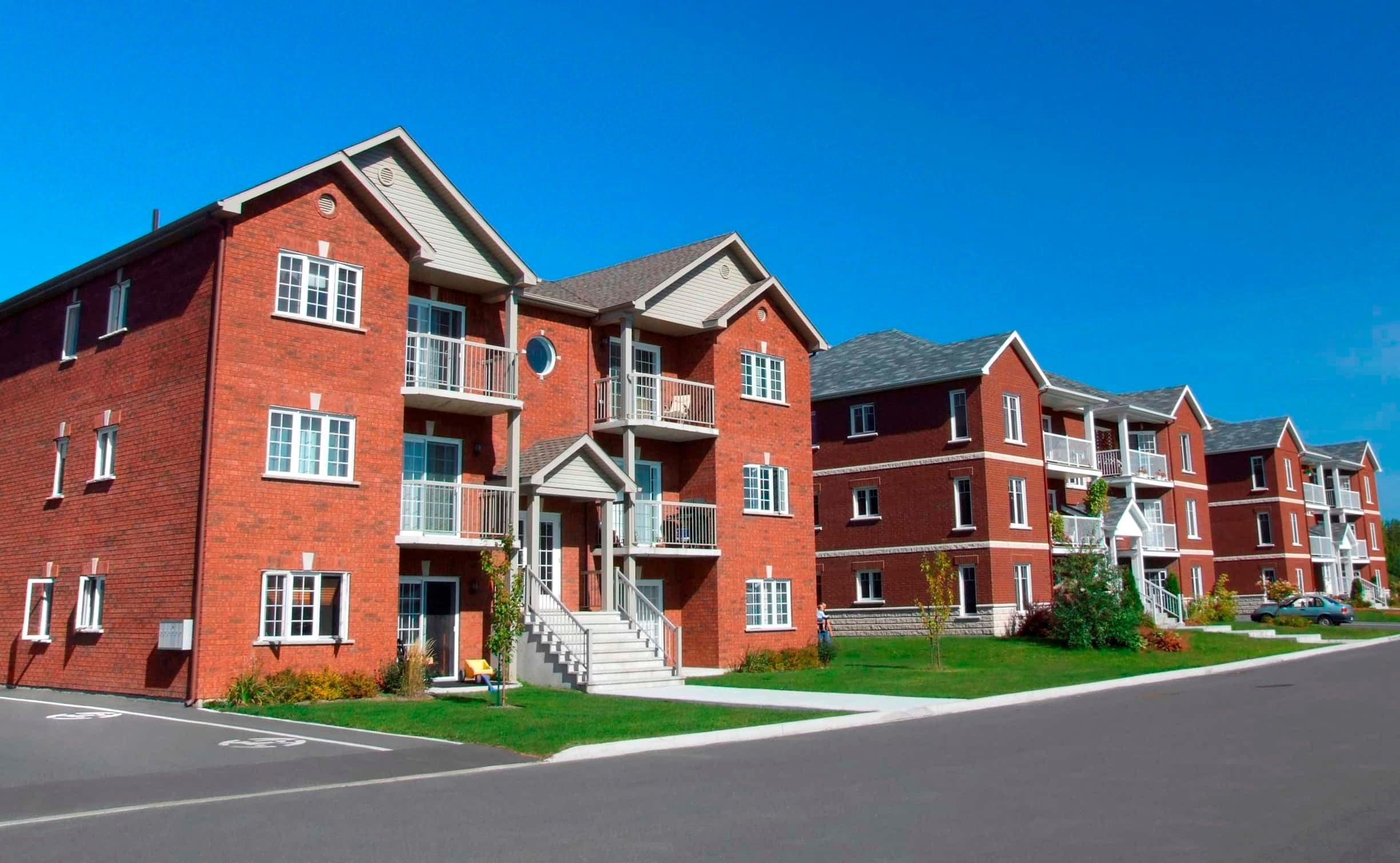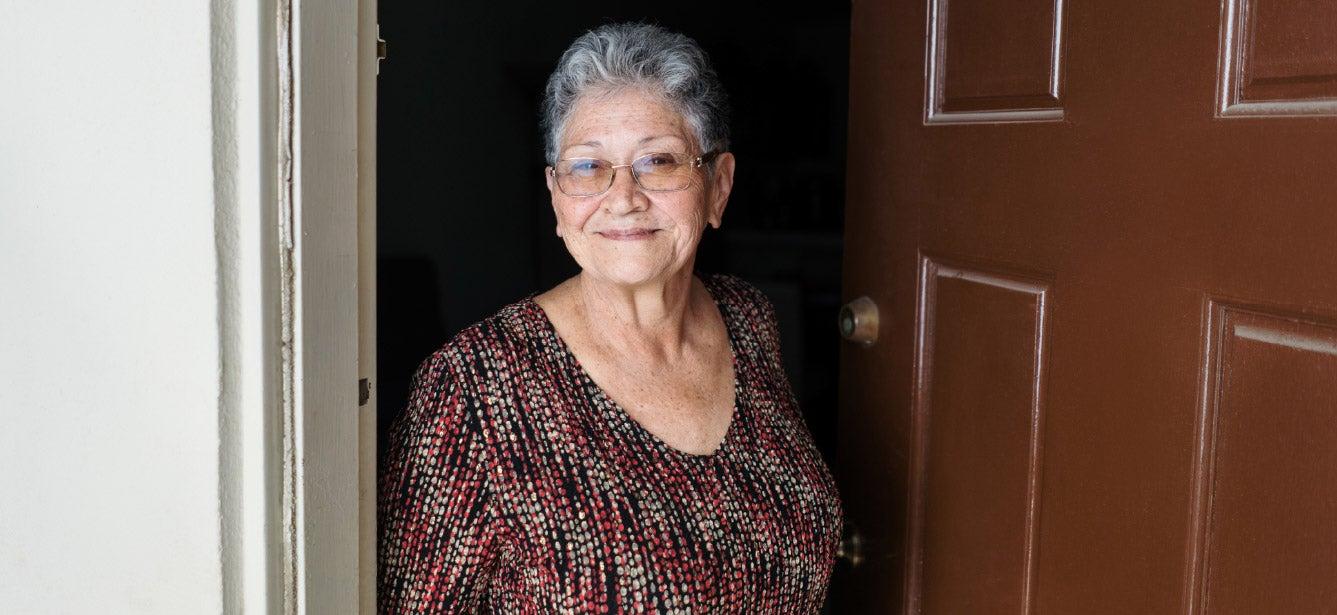
Related Topics
Where you live as you age can have a substantial impact on your quality of life. While many older adults hope to age in place in their current homes and communities, changing needs and limited incomes can sometimes make this option less desirable than it once seemed.
The good news: There are a variety of affordable senior housing options designed specifically with the unique needs of older adults in mind, many with lifestyle amenities and health care services.
If you have found yourself wondering where to live as you age, think about your physical, social, and emotional needs as well as your financial means—and how they could change over time. Then consider these questions below to see if any of the most common senior housing options are a good fit for your personal situation.
Are there low-cost housing options for older adults?
If you are age 62 or older and your income is limited, you may qualify for an apartment in an affordable senior housing community. These housing communities are funded through the HUD Section 202 program, also known as the Section 202 Supportive Housing for the Elderly Program. Specifically designed as housing for seniors based on income, these communities help ensure your housing costs are manageable in relation to your household income.
Under this program, the amount of rent you pay is based on your adjusted gross income (your income minus approved medical expenses). You then pay 30% of your adjusted gross income for rent.
Aside from affordable rent, this low-income housing option for seniors also offers support services that promote residents’ independence, health, and social well-being. You can use the BenefitsCheckUp®free, private benefits assessment to see if you may qualify for affordable housing, and other programs that can help pay for your household and personal costs in retirement.
What does a continuing care retirement community (CCRC) offer?
A CCRC offers all levels of care—independent living, assisted living, and skilled nursing—at one location. Residents can continue to live as independently as possible and move from one level of care to another as their need for help grows. Active residents live in an apartment or single-family home. Those who need help with daily activities might move to the assisted living unit. And residents with serious medical conditions can get skilled nursing care or rehabilitation on the CCRC campus.
This wide range of care is typically coupled with resort-style amenities, making CCRCs a more expensive option than other forms of senior living communities. While residents pay monthly fees, a big portion of the cost is paid up front in the form of an entry fee. This initial fee can range from tens of thousands of dollars to hundreds of thousands of dollars.
Once the sticker shock has worn off, though, the cost over time can sometimes prove to be less than continuing homeownership due to home maintenance, increasing property taxes, and the cost of in-home care. Learn more and search for a CCRC near you if you feel a CCRC could be a good fit for your future.
What is a Village, and how can it help me age independently?
Villages are membership-driven, grassroots organizations that coordinate and deliver programs and services that make it easier for their members to stay at home as they grow older. These neighborhood organizations can be an alternative to a retirement community or assisted living facility.
With neighbors helping neighbors, Villages are able to connect members to a variety of support services, such as household help and transportation, as well as enrichment activities, such as recreational and educational programs. Such programs reduce social isolation and improve overall population health in these communities
To find a Village or learn how your community can organize one in your neighborhood, visit the Village to Village Network.
What are the benefits of cohousing?
Cohousing is a type of collaborative housing where residents participate in designing the community to meet their needs. Private residences are clustered together and face each other across a pedestrian street or courtyard. These communities usually have shared amenities such as a playground, pool, clubhouse, garden, kitchen, and dining facility.
Residents manage the community and maintain the property. They often share common meals, meet to solve problems, and help each other with daily tasks such as shopping, which can help older residents remain living independently. The Cohousing Association of the United States can help you learn more about this housing option and find a community.
What if I need more medical care or in-home help?
While independent living communities provide room, board, and social amenities, they do not offer health care services. If you are in need of more regular medical care or in-home help, and assisted living community or nursing home may be a better fit. In assisted living, you can get additional personal care services, like help with bathing and dressing. In a nursing home, you can get ongoing skilled nursing care.
The more care you need, the more you can expect to pay. Median assisted living prices are approximately $4,500 a month, while median nursing home prices are approximately $8,000 a month for a shared room and about $9,000 for a private room. Of course, prices can vary widely based on location, facility, and the amenities offered.
What are my options if I want to stay in my own home?
Aging in place in your current home is possible for many with proper planning and resources. Ensuring you have the means to meet your needs for many years ahead is important.
On top of regular homeownership-related costs, common expenses that can occur while aging in place include home modification costs and in-home care costs. Types of in-home care include companion care or homemaker services, personal care services, and home health care services.
NCOA's booklet Use Your Home to Stay at Home© can help you to explore options like reverse mortgages and home equity loans and lines of credit that could help you remain living in the home you have now.



